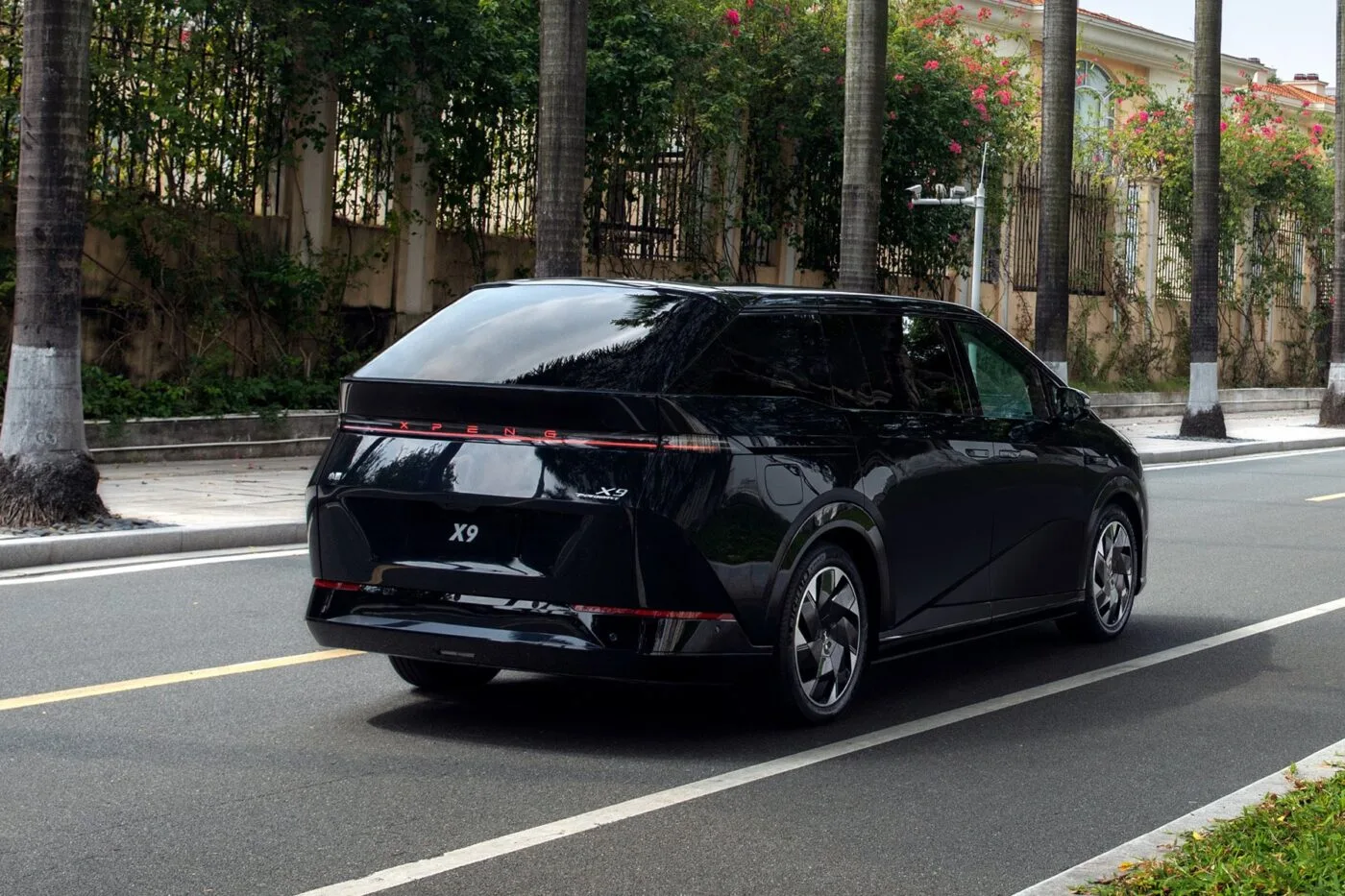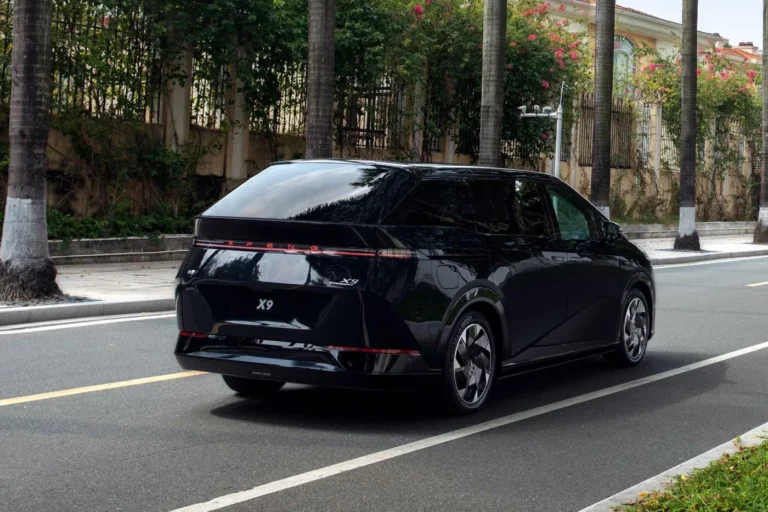China has temporarily halted its scrappage scheme for electric vehicles in key cities across multiple provinces, citing low funds and fraudulent practices. The scheme, designed to encourage the adoption of electric and modern combustion engine vehicles, offered subsidies of up to 20,000 yuan (approximately 2,650 euros) for electric cars and 15,000 yuan (about 1,990 euros) for modern petrol cars.
Background of the Scrappage Scheme
Introduced in April 2024, the program was initially set to run until January 10, 2025, but was extended. To qualify, buyers had to scrap older vehicles – petrol cars registered before 2011 and diesel cars before 2013. The subsidy rates were increased in summer 2024 from the initial 10,000 and 7,000 yuan, respectively.
Reasons for Suspension
- Funding Shortage: The funds allocated for the subsidy, meant to last until the end of the year, are expected to be depleted sooner.
- Fraudulent Activities: Dealers allegedly exploited the system by buying new cars, registering them for discounts, and then selling them as used cars without any mileage, known as ‘zero kilometre reading’ cars.
Impact and Statistics
- Over 6.5 million applications were submitted in 2024.
- As of May 2025, 4.12 million applications had been received.
- In May alone, approximately 70% of car purchases benefited from the trade-in subsidy.
Government Response
The Ministry of Industry and Information Technology recently met with major electric vehicle manufacturers, urging them to avoid unreasonable price reductions and selling below cost. While initial hopes were for industry self-regulation, the suspension of the subsidy in some regions suggests the government is prepared to intervene directly.




